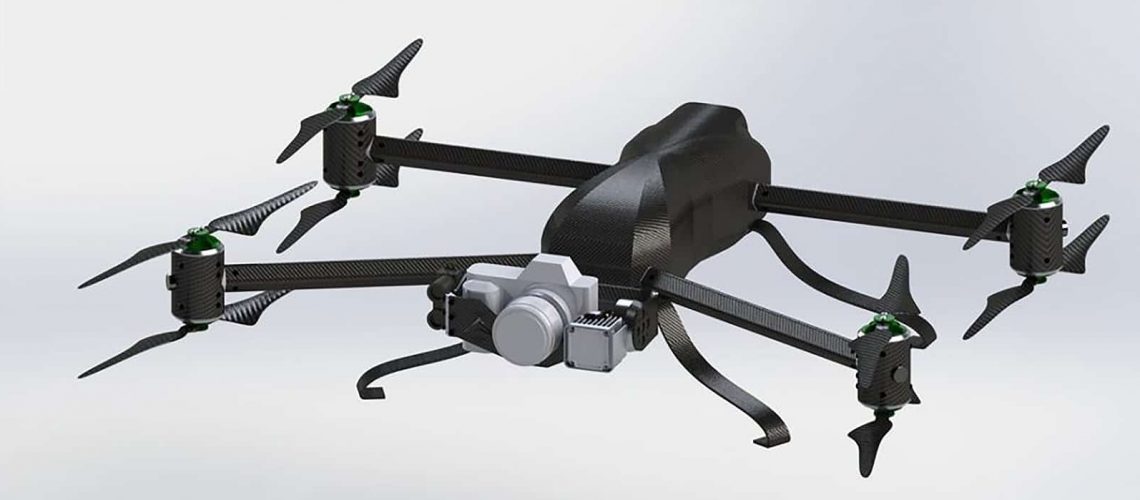Travel and the Mobility Industry
Automation of Travel Travel is changing on a global scale. In every area related to travel, especially in mobility, industries are striving to become more efficient, automated, and environmentally friendly. Despite the lack of heavy

